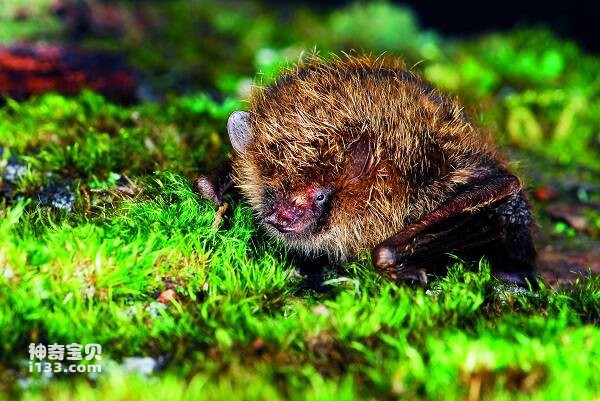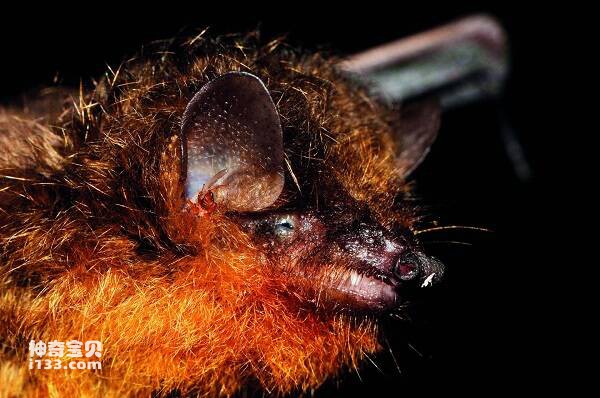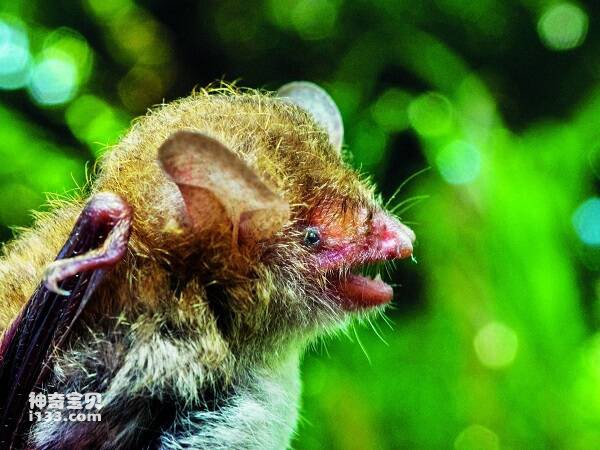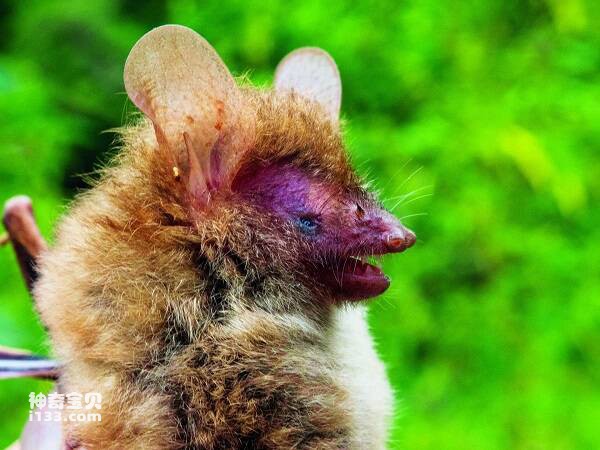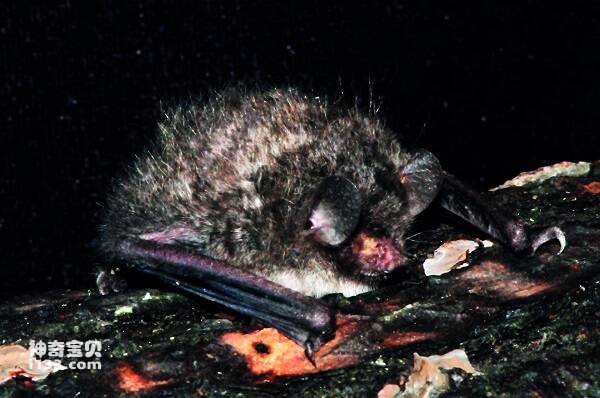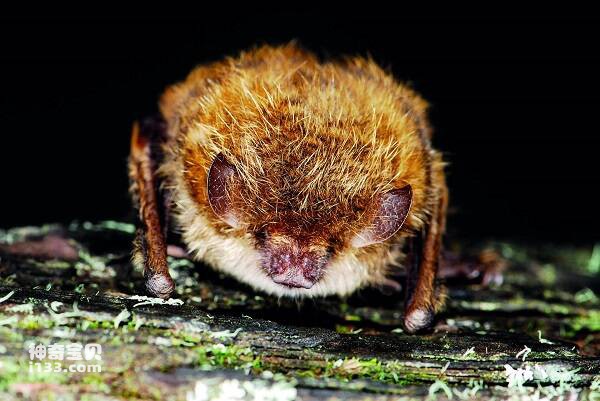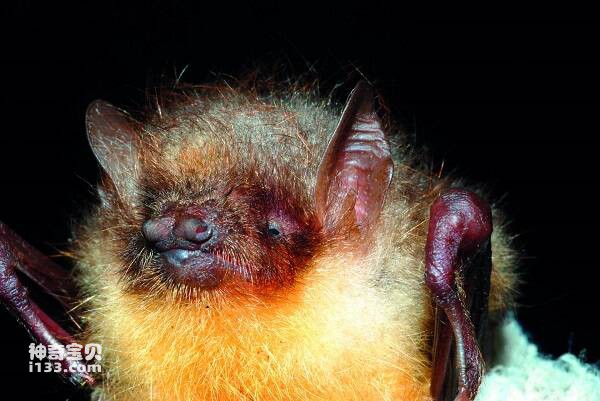Myotis macrodactylus
IUCN
LCBasic Information
Scientific classification
- name:Myotis macrodactylus
- Scientific Name:Myotis macrodactylus
- Outline:Chiroptera
- Family:Chiroptera Batidae Myotis
Vital signs
- length:
- Weight:7-9g
- lifetime:
Feature
Often emit short, wide-band FM echolocation sound waves
Distribution and Habitat
This species was first recorded in China in 2008 and is currently found only in Jilin and Liaoning provinces. It is distributed abroad in North Korea, South Korea, Japan and Russia.
Appearance
Medium sized myotis bat. Forearm length 37-39mm, tail length 38-43mm, weight 7-9g. The face is grayish brown. The base of the dorsal hair is black, and the tips are grayish brown. The base of the hair on the abdomen is black, the tip is grey and white, and the hair on the middle part of the abdomen is about 6mm long. The ear is long relative to body size, the tragus is narrow and long, tapering from the base, and pointier at the top, about half the length of the ear. The alar membrane starts from the tibia 3-5mm above the ankle joint, and the caudal membrane starts from the ankle joint. The tibia and the nearby caudal membrane are covered with hair, and the tail tip is slightly beyond the caudal membrane. The hind foot is larger, and the hind foot paw is longer, about 12mm, compared with other myotis bats of the same size, the hind foot paw relative to the tibial length is larger, 65% to 67%.
Details
The Great toed Myotis bats inhabit the damp cave walls of the northeast in summer and migrate to warmer areas in winter. The population size is 200-2000, the population is relatively stable, and it is a common species in Changbai Mountain area of China.
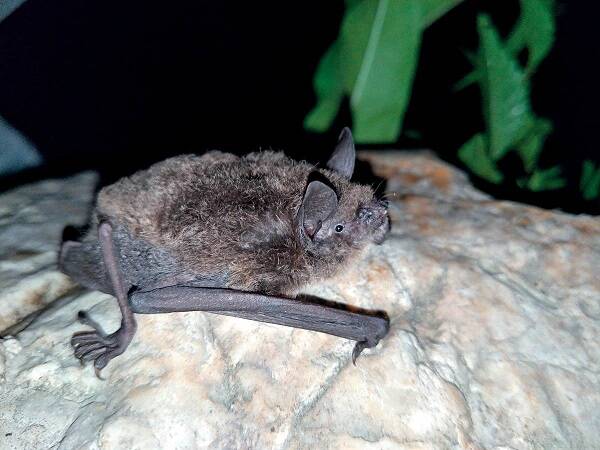
Great toed Myotis bats emit short, wide-band FM echolocation sound waves with an average peak frequency of 54.14kHz. This type of ultrasound is suitable for hunting insects such as diptera, trichoptera and lepidoptera above water bodies, and may occasionally also prey on fish. Echolocation sound waves change with the complexity of the environment during flight, and have obvious signal plasticity.


